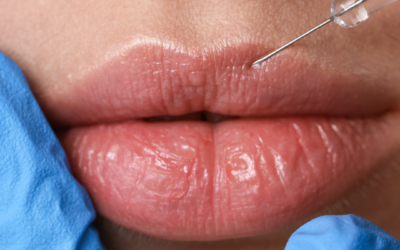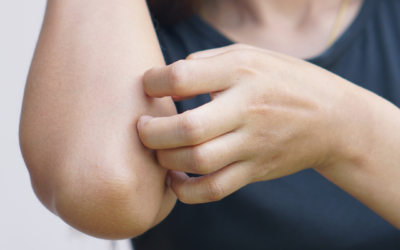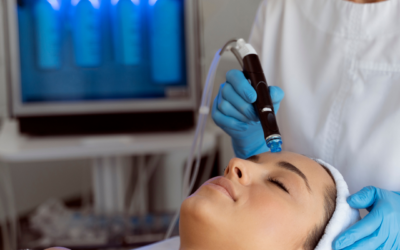
Written by Dr. Betsy Wernli It’s that time of year again when we pack up our backpacks, put on new school clothes and hit new classrooms. With the excitement of reading, writing, and arithmetic also come lots of potential skin problems. So what do you do to keep skin health at the top of the class? Let’s look at some common skin infections and tips on how to keep them away.
Impetigo
Impetigo is a common infection, usually caused by staph or strep bacteria and presents as yellow crusted lesions on the skin. It is transmitted by skin to skin contact or through touching objects that have been contaminated, such as gym equipment or even lockers and desks at school. It is treated by topical and oral antibiotics.
Ringworm
Another infection that is transmitted by skin to skin contact is ringworm, also known as tinea. This presents as red scaly, ring like patches on the body. It is actually a fungus, unlike impetigo, so is treated with topical and oral antifungal medications. Both of these infectious rashes are more common in school aged kids as well as contact athletes.
Viruses
School zones also tend to harbor viruses of all types. These infectious organisms not only cause common colds and respiratory symptoms, but can cause skin lesions.
- Molluscum contagiosum is a common viral infection transmitted, once again, by objects such as playground equipment, as well as other kids who are already infected. It presents as pink, smooth surfaced bumps on the skin that usually do not itch or hurt.
- Common warts are also viral infections, are contagious in the same manner as Molluscum, and appear as rough bumps on the skin, some with fingerlike projections. Warts love to show up on the hands and feet, but can appear on any area of the skin.
It is important to get these evaluated sooner rather than later to start treatments, as the thicker the wart, and the more numerous the Molluscum bumps, the harder these viruses are to treat, requiring more painful and more numerous trips to the Dermatologist. Though in theory if these lesions are left long enough, a person’s immune system may start to fight them off, clinically we do not see this happen very often without help from a doctor. Furthermore, since they are contagious, leaving the lesions untreated puts other family members and school children at risk to contract the disease.
Head Lice
Last, but definitely not least, a child can contract the dreaded creepy crawly Pediculosis, or in layman’s terms: head lice. Usually schools will alert parents if there has been a lice outbreak. If this is the case, take proper measures to ensure it is not a problem in your household. Transmission requires close contact, so instruct children to not share hats and advise against head to head contact during outbreaks, even with friends. The presenting symptom is itch; when looking in the scalp, a person can identify nits or eggs that are yellow to white in color and attached to hair and can find the actual crawling creatures. Using a bright light and lice combs with fine teeth can help to diagnose. First line treatment includes permethrin or other medications that kill the lice. It is also essential to wash all bedding and clothing in hot water. Since white flakes in the scalp can also be dandruff or clothing, your friendly Dermatologist is your best friend to help diagnose and treat. After close consideration of all the potential skin problems kids can face at school, it is easy to want to keep them secluded and at home. But just as you learn ABC’s and 1,2,3, enforce these skin ABCs at home:
- Avoid skin to skin contact during outbreaks.
- Bathe daily and check all areas of skin for rashes and outbreaks.
- Cleanse hands often throughout the day.
With proper measures you can keep up on our ABC’s and healthy enough to stay playing and off the skin injured list! Betsy J. Wernli, MD is a Board-Certified Dermatologist with Forefront Dermatology. She sees patients in Chilton and Manitowoc, Wisconsin. To schedule an appointment with Dr. Wernli or to find a Forefront Dermatology clinic location near you, call (855) 535-7175.





